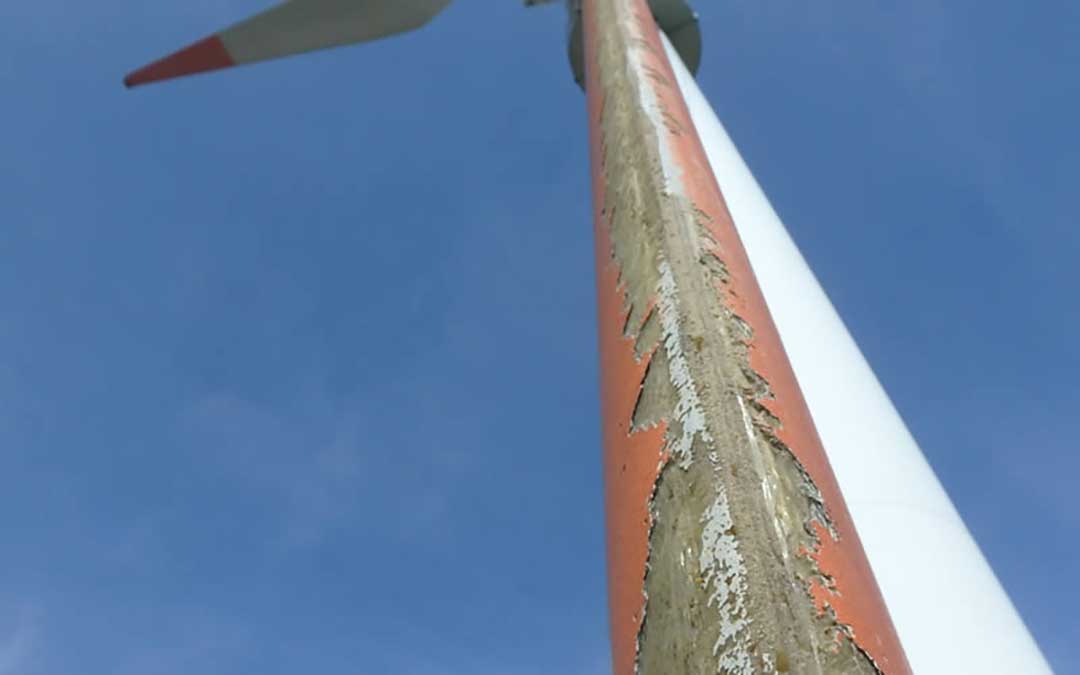Leading edge erosion is caused by repeated bombardment of the wind turbine blade, primarily by raindrops and particulate matter, such as hail, ice, salt and UV. Ever larger rotor blades have resulted in increasing rotation speeds of the blade tips which can exceed 330 km/h offshore. At these speeds, multiple shock wave impacts damage the blade surface and most leading edge protection solutions, including the adhesive bond that bonds the protection to the blade.



